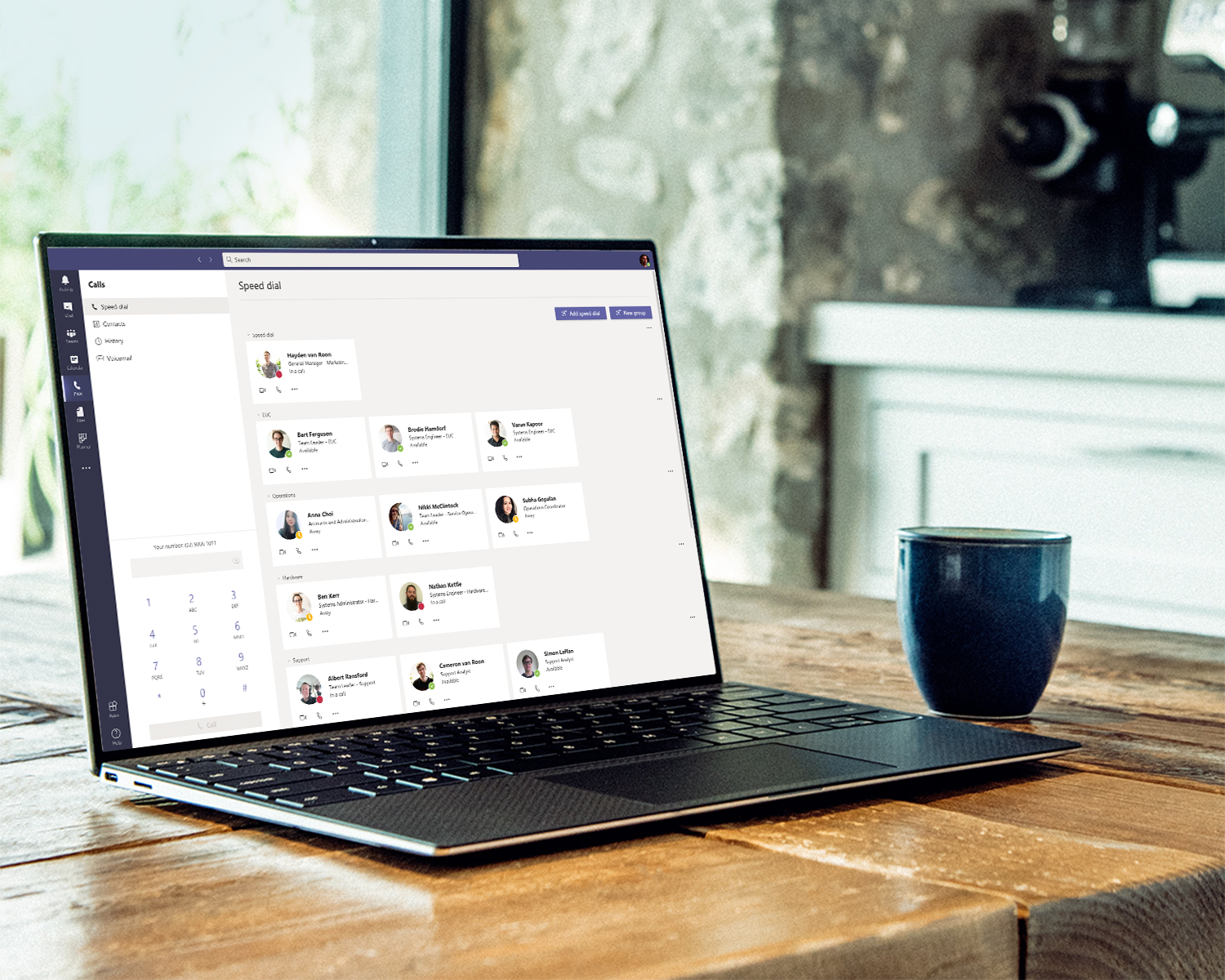How to use speed dial with Microsoft Teams Voice.
If you're like us, you have at least a few people inside and outside your organisation whom you call regularly. You can make these calls...
At Fastrack Technology, our vision is to fundamentally change the way our customers perceive and consume datacentre and network services.
Got any questions or concerns, or simply want to provide feedback to the team? Contact us today!
At Fastrack Technology, our vision is to fundamentally change the way our customers perceive and consume datacentre, network and collaboration services.

When making a call with Microsoft Teams Voice, you might need to transfer the call to a colleague. However, before you transfer the call, you should probably give your colleague a heads up on what to expect when they answer the call. That's precisely what the 'hold, consult and transfer' feature is for.
Microsoft Teams Voice caters for the above scenario with the hold, consult and transfer feature. The process is built into the Microsoft Teams user interface and occurs without having to navigate to and from multiple windows. You can seamlessly put the call on hold, either speak directly to your colleague or send them and instant message and - when everyone's ready - transfer the call.
See the feature in action in the tutorial below.
As seen in the video above, you can hold, consult and transfer calls using the steps below.
Place a call on hold
Consult with a colleague then transfer
If you found this Microsoft Teams Voice blog useful, you should also checkout these blogs:
Contact us to find out how Microsoft Teams Voice can simplify calling and collaboration for your organisation.

If you're like us, you have at least a few people inside and outside your organisation whom you call regularly. You can make these calls...

1 min read
The outbound call is the most common feature you'll wield in Microsoft Teams Voice. Outbound calls are calls to a landline or mobile phone number...

After using Microsoft Teams Voice for a few weeks, you'll likely build up a large and important list of contacts from outside your organisation. The...